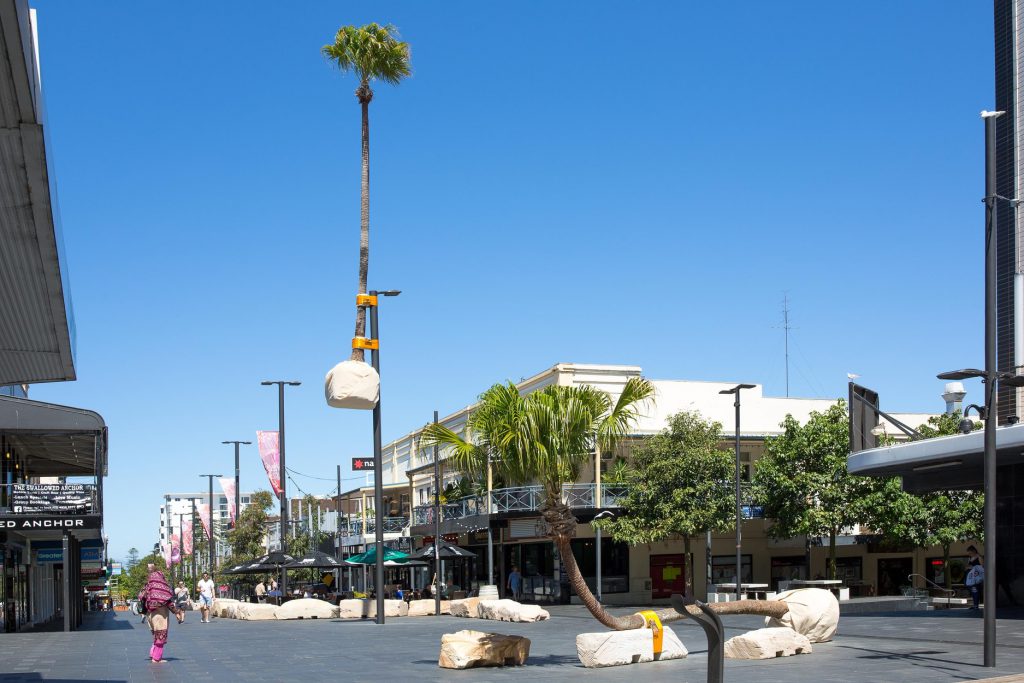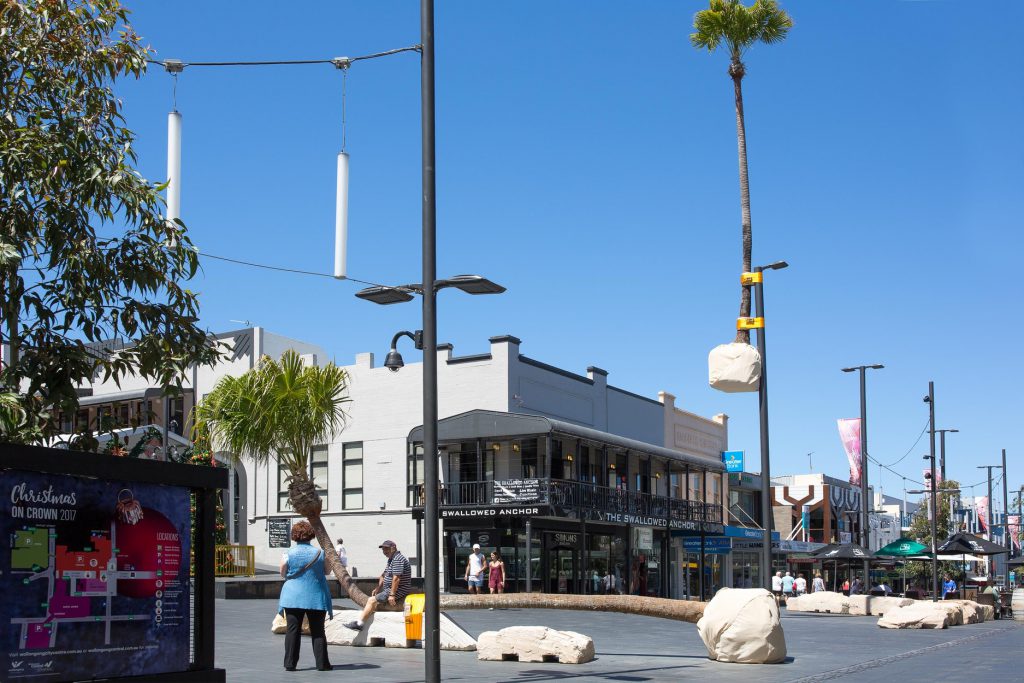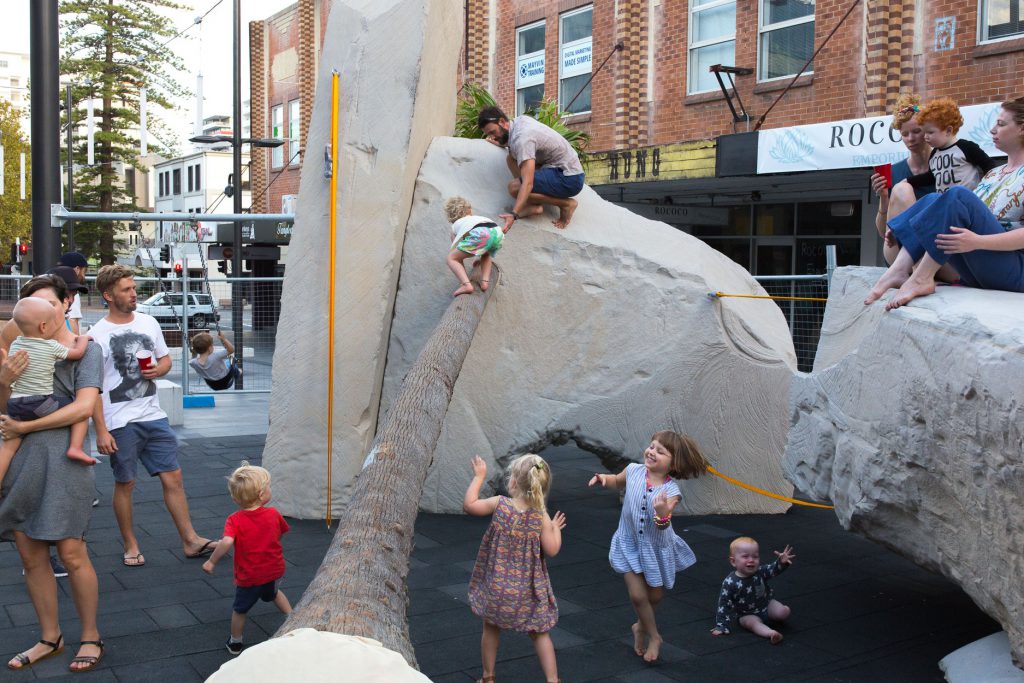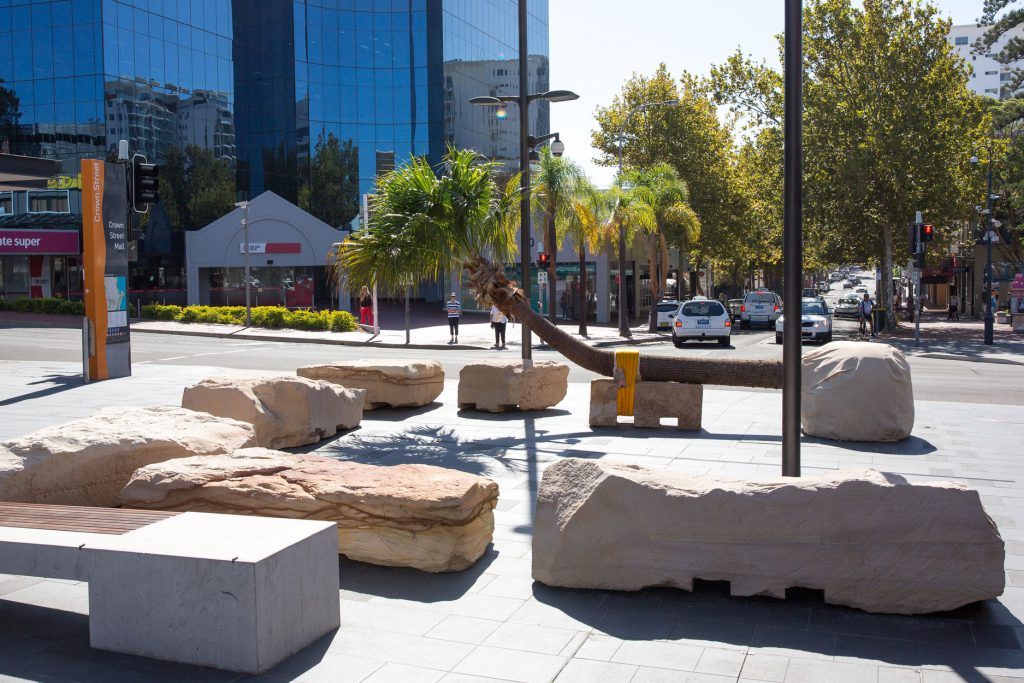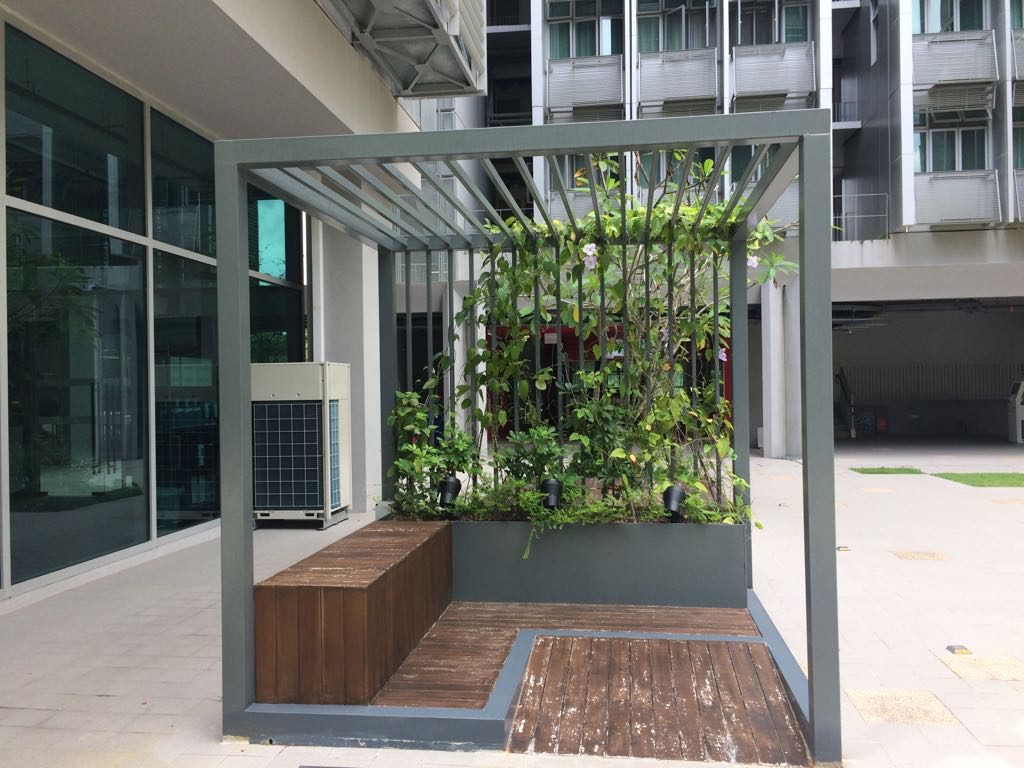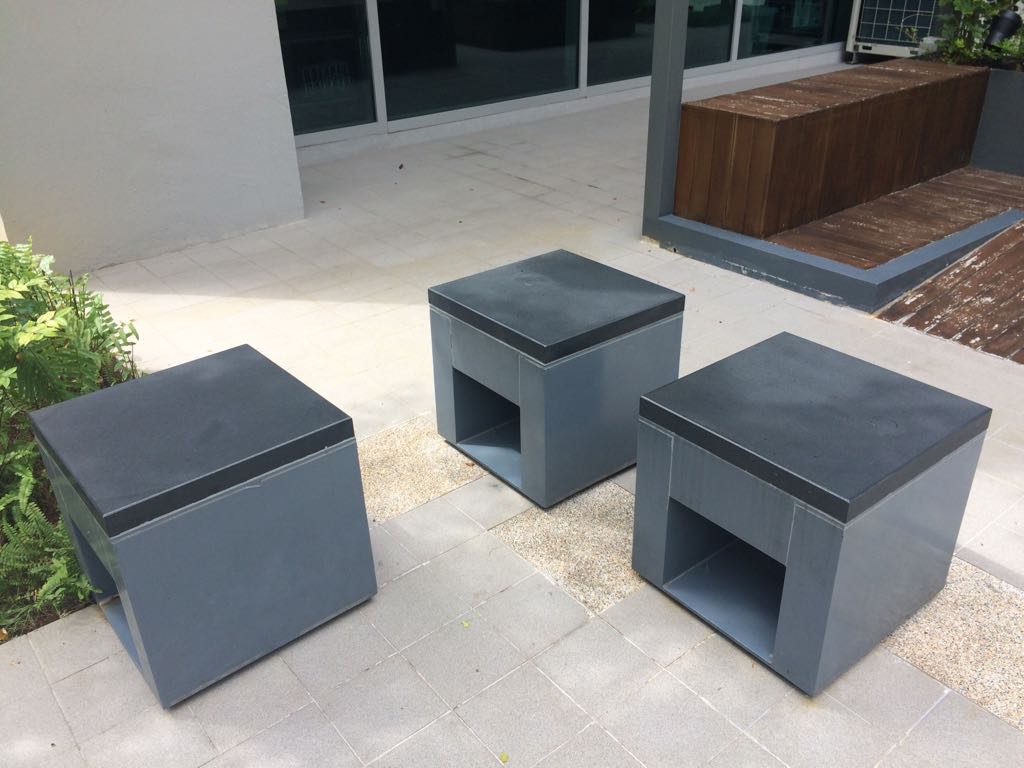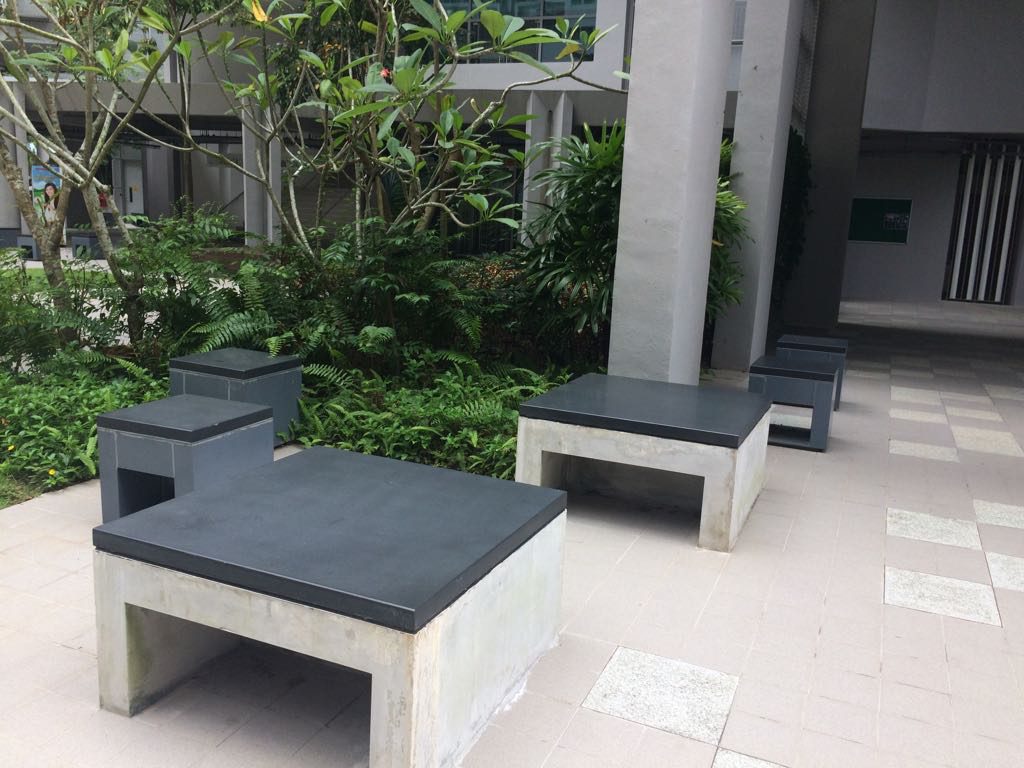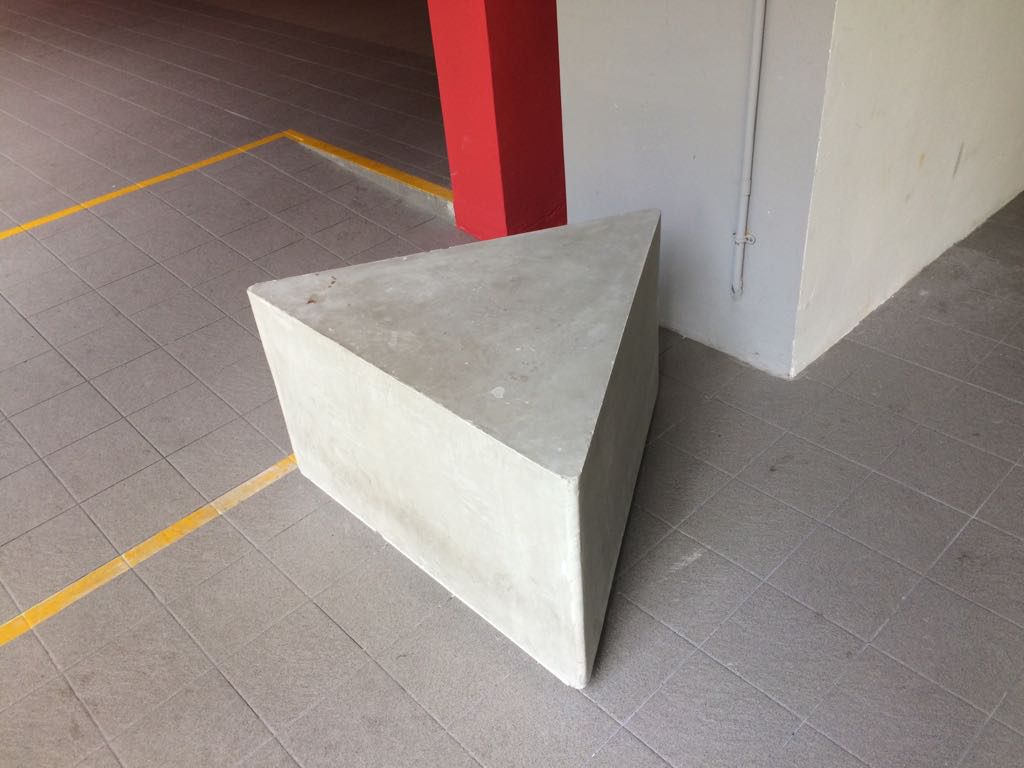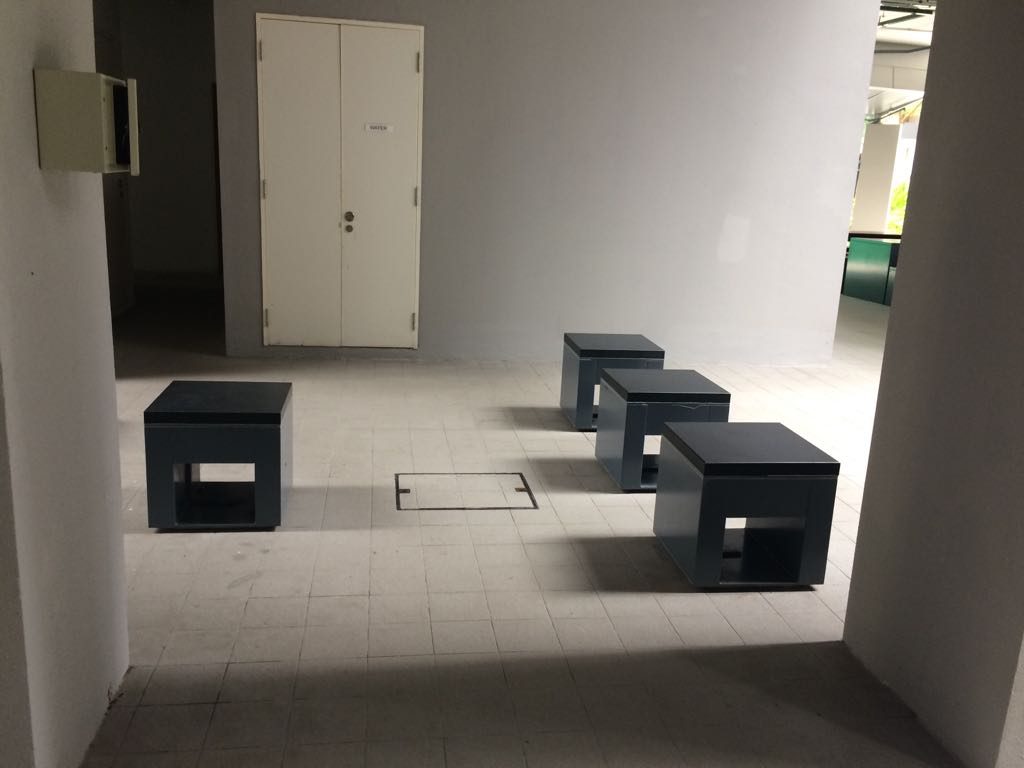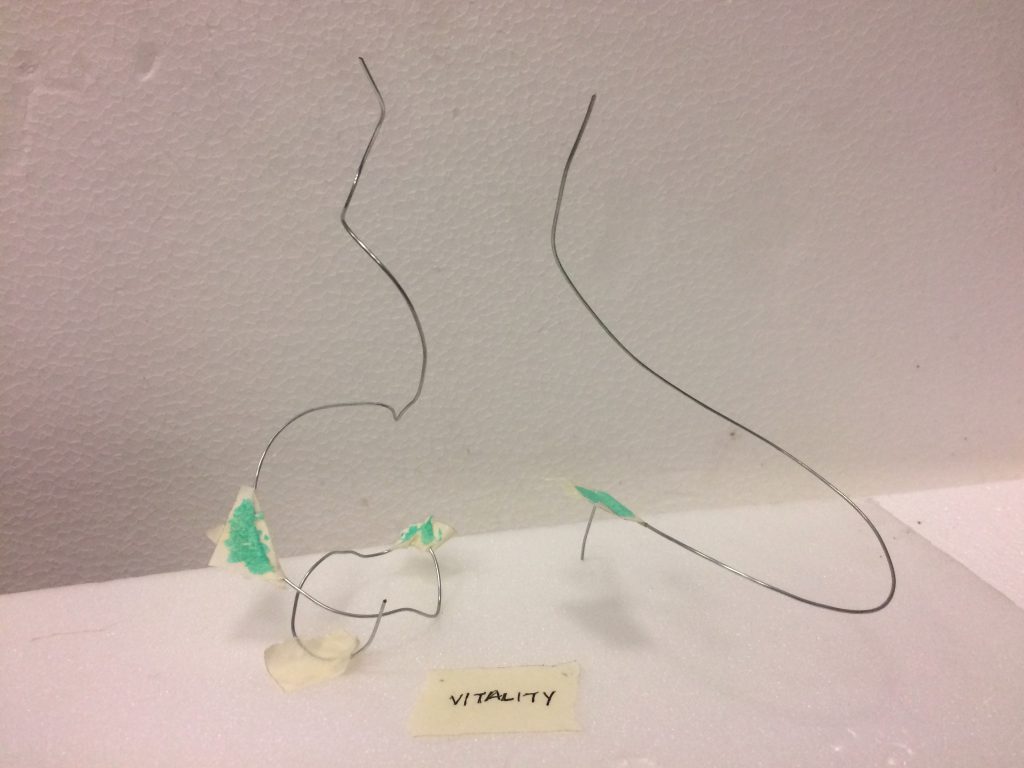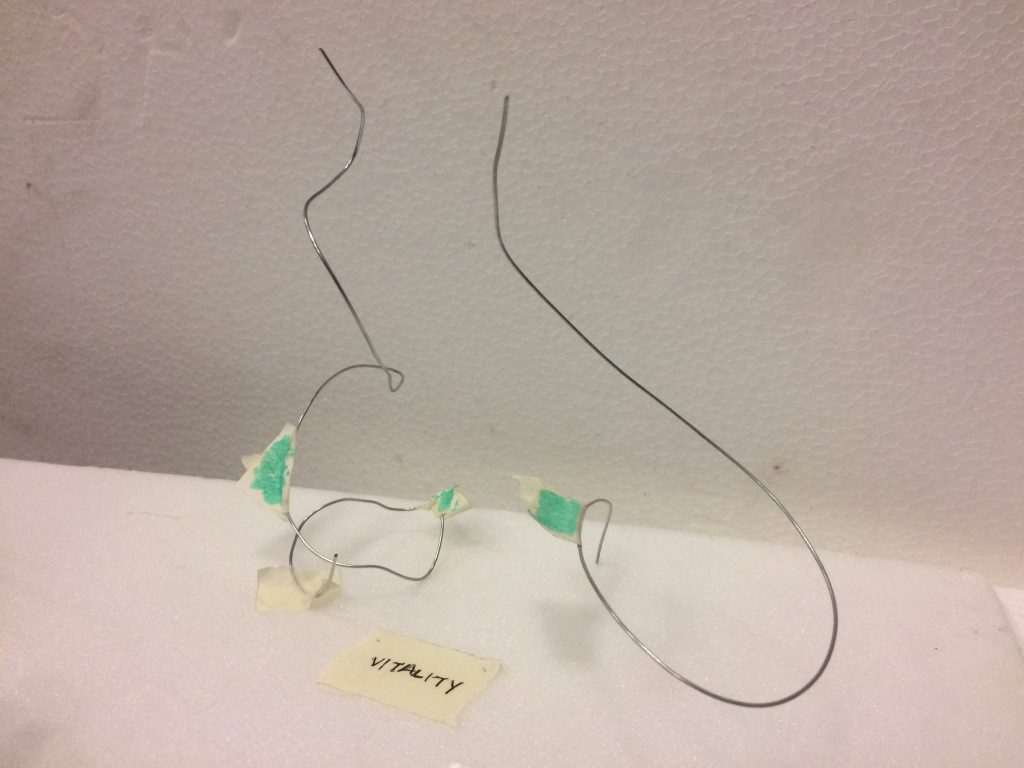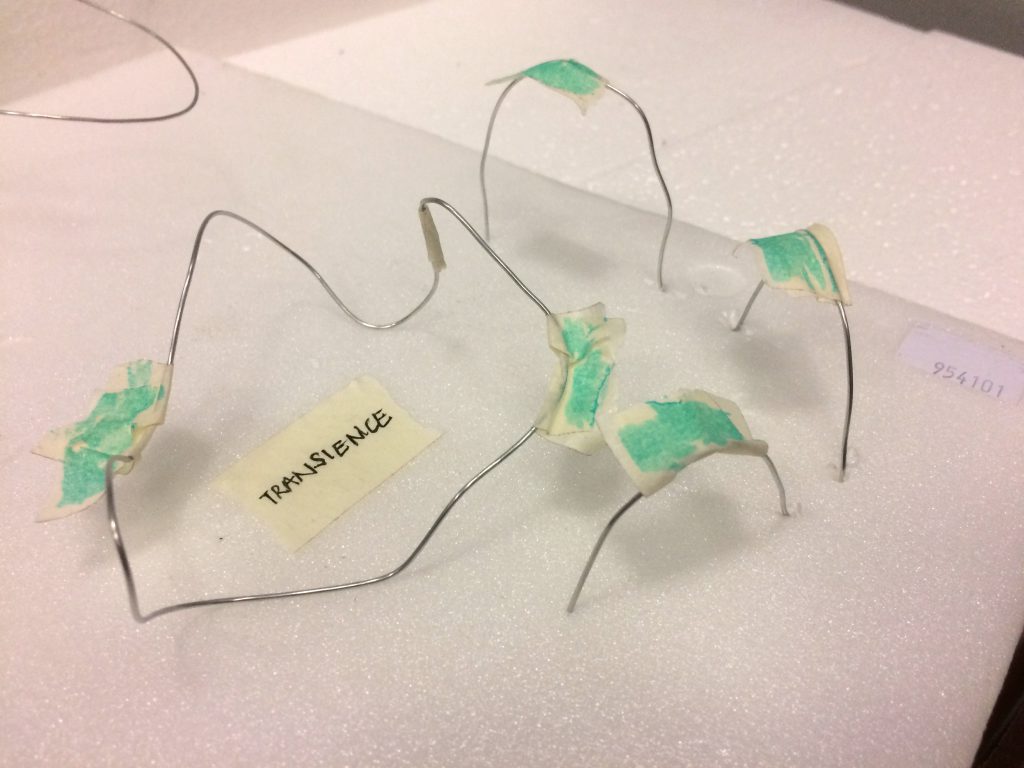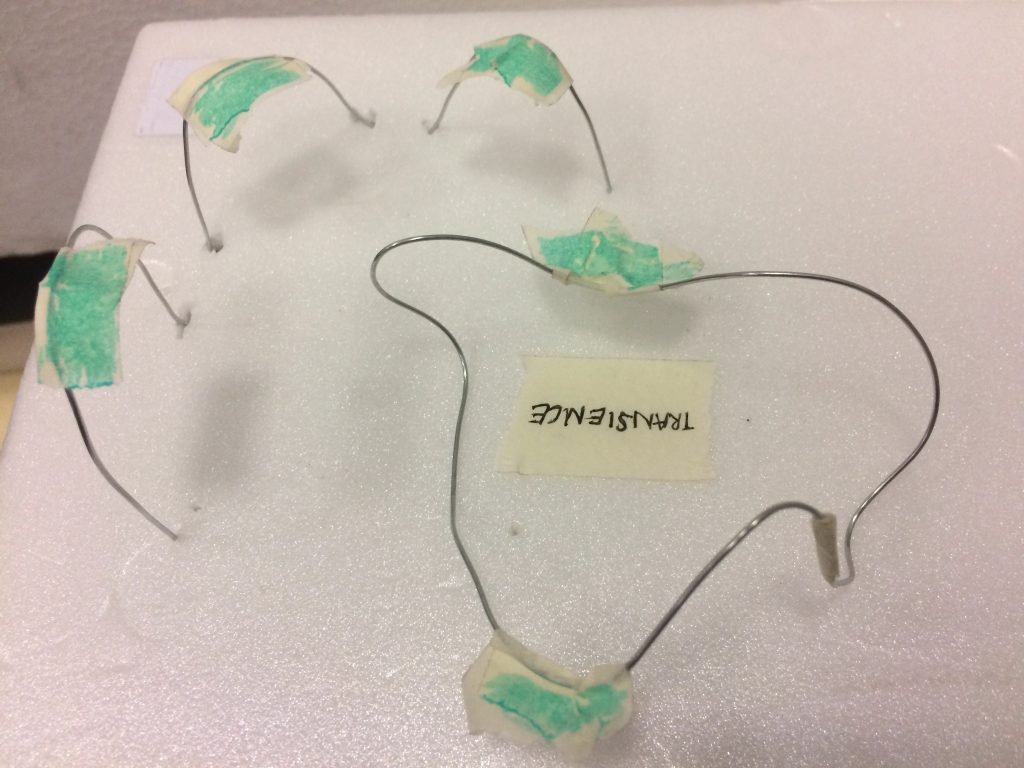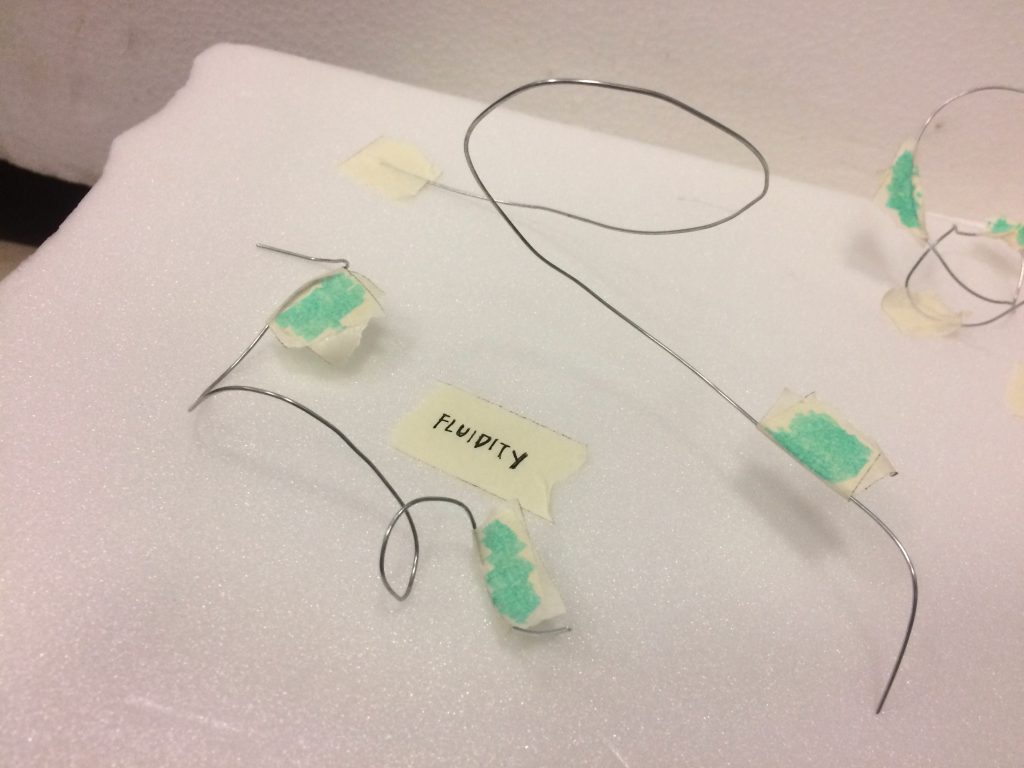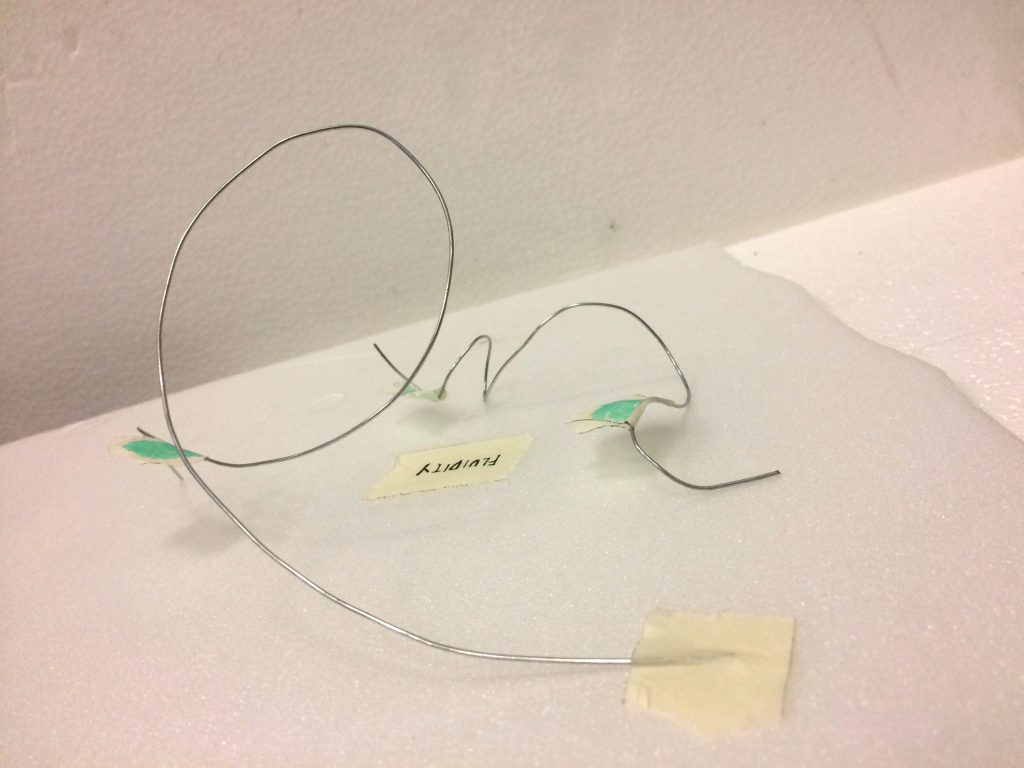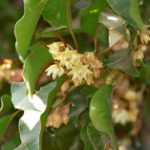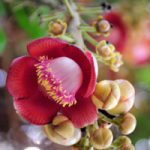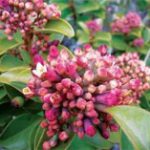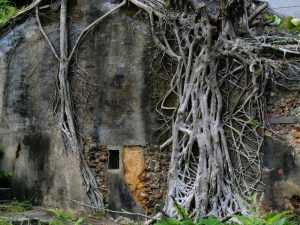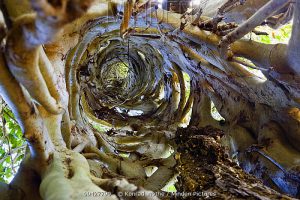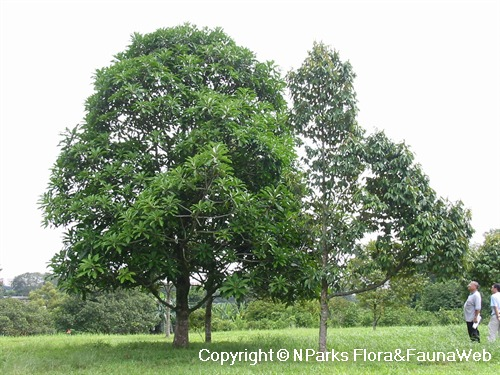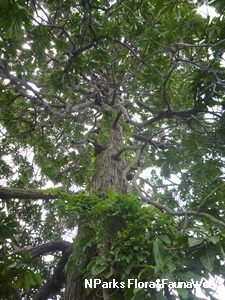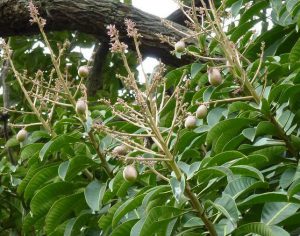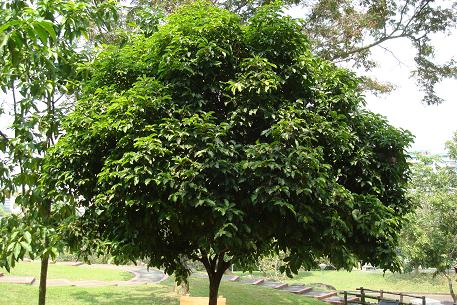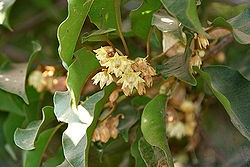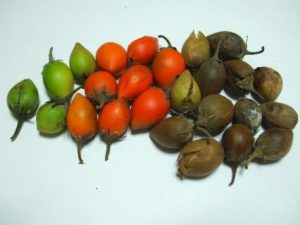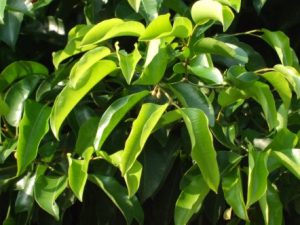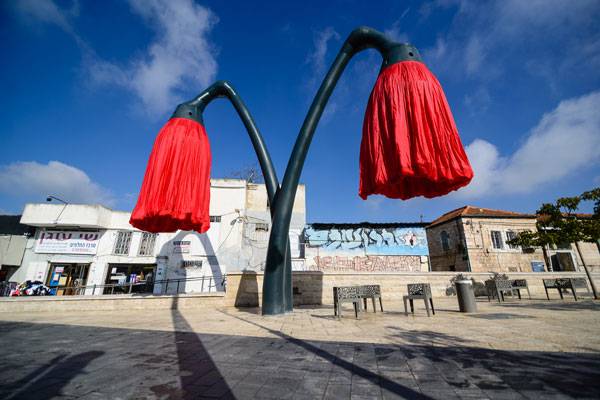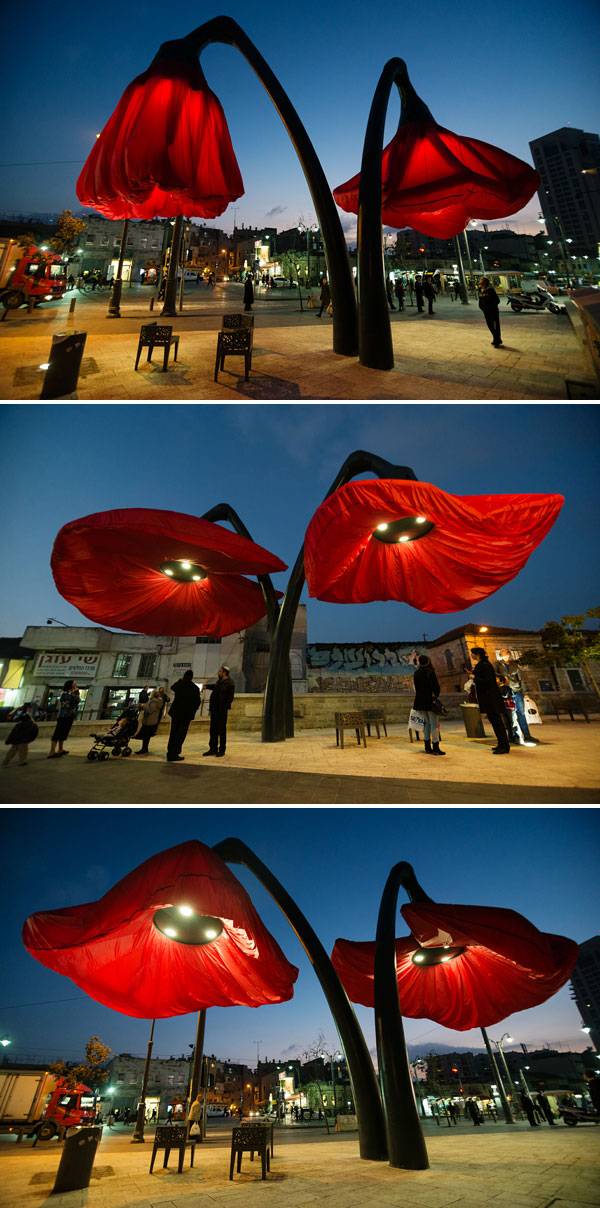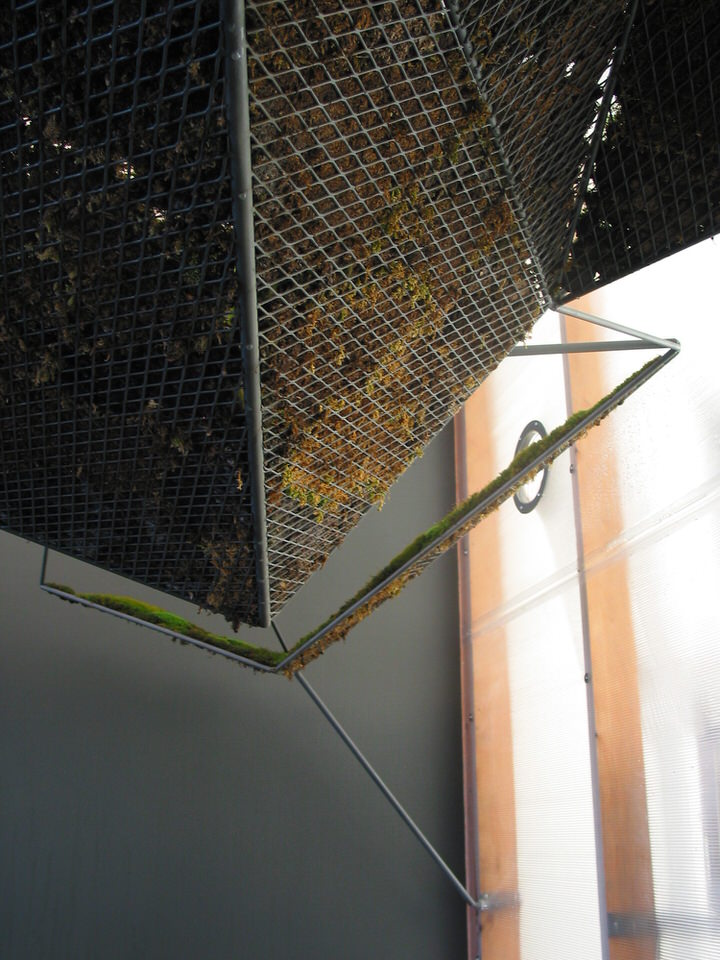-Recap from last week –
PSD matrix was constructed based on the characteristics of the north hall heritage trees: Banyan = Fluidity, Tanjong = Vitality, Binjai = Transience.
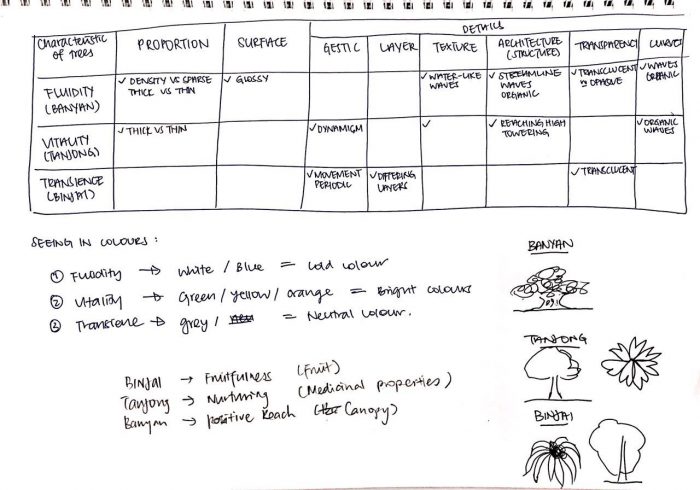
–
This week we aim to transpose the three design elements into meaningful visual forms that represent its characteristics.
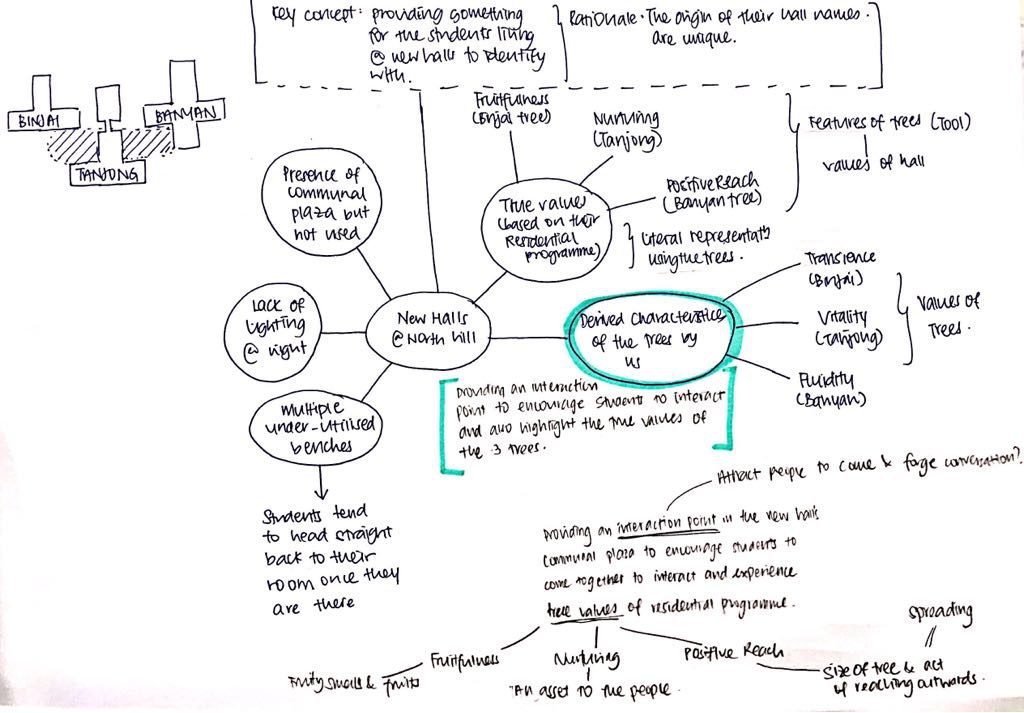
Multiple types of green are already scattered around the communal plaza. Positioning the actual plantation of Tanjong, Binjai and Banyan via sculpture/installation may be seen as a common sight. The question we’d like to ask ourselves – how do we differentiate the existence of these trees from the rest while not making them look out of place??
The possible executions were narrowed down to:
A) Allows nature to grow accordingly to the form of sculpture(s) or
B) Sculpture that takes on the form of nature (e.g. growth of trees / seasonal process of leaves shedding / blossoming of flowers)
We found an artist who works on a similar concept that uses tree as part of his installation in a public space along Crown Street Mall, Wollongong, Australia. Mike Hewson uses misshapen palm trees and sandstones to create ‘tree seats’ and a children’s playground. He hopes to bring the city’s landscape into the mall, while providing identity-forming icons for the city. (source)
However, we want it being more than just an aesthetic ornament. There’s more significance value if we look into the environmental considerations of the communal plaza (space, current facilities, limited light sources at night etc).
We decided to drop the idea of involving the actual trees as part of our sculpture, as it does not serve to invoke the sense of common identity within audiences (i.e residents). Their characteristics will rather be expressed in an abstract form with a purposeful function. Our design focuses to facilitate more social interaction among the residents.
Site Observation
We find the seats were sparsely scattered around the communal space. Awkward placements of the geometrical seats make them less inviting to sit on as an individual or a group. Light source shines at the trees rather than the pathways.
This leads us to looking at comfortable seats that lights up during night time. Public benches that looks homely and comfortable enough to take a moment to rest on before heading back home.
Research References
Seats that looks invitingly comfortable to snuggle in ( ͡~ ͜ʖ ͡°)
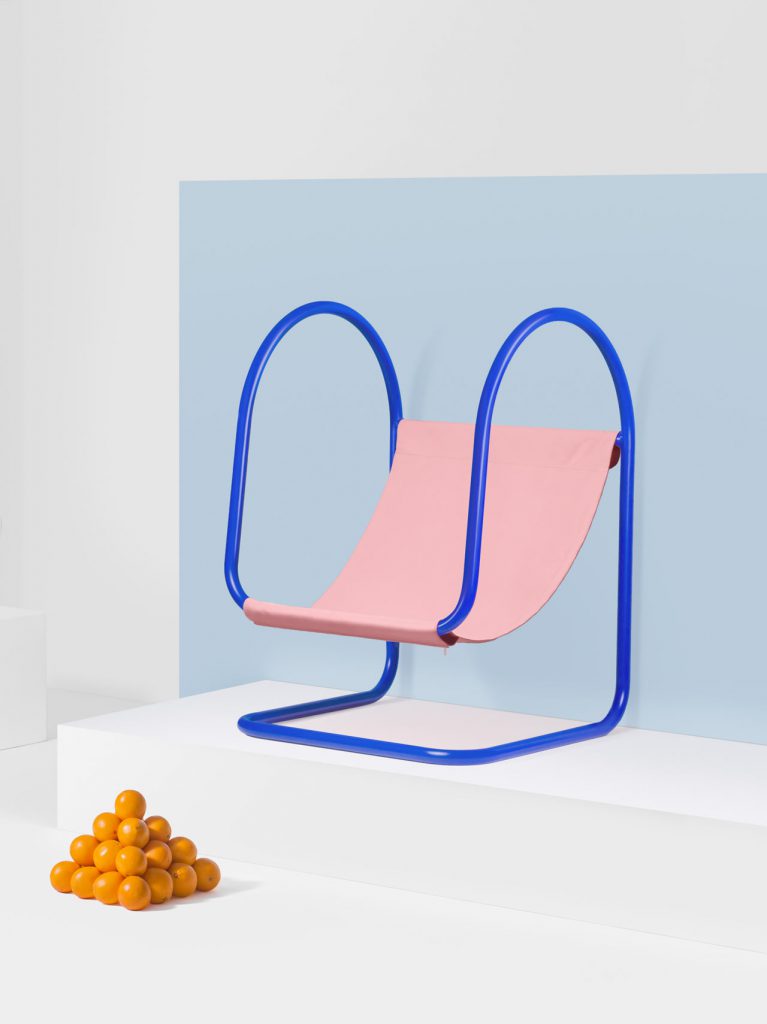
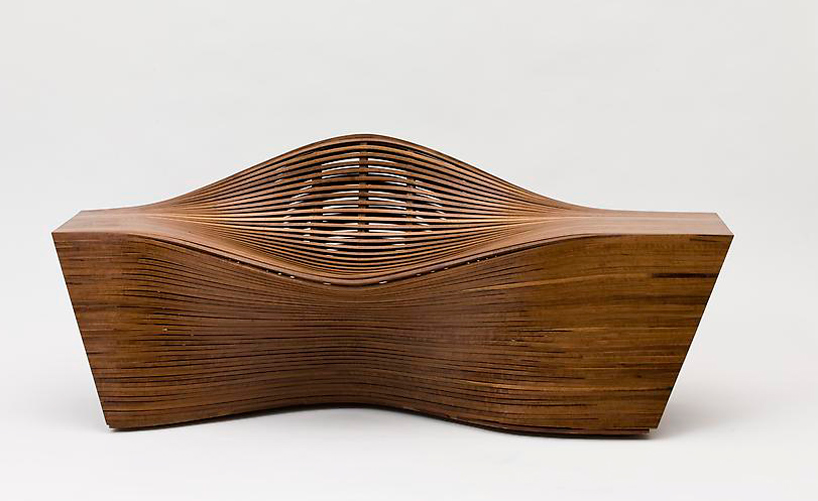
CHITCHAT: Designed to inspire social interaction – Strangers break the ice to interact as they join in to balance the seat.
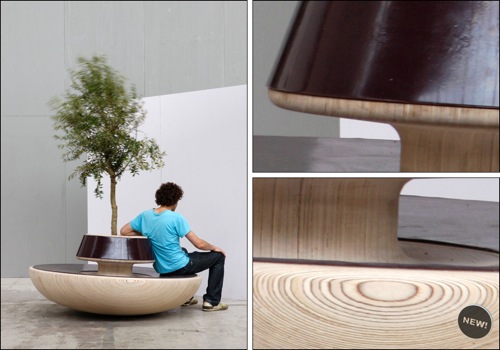
Quick Prototypes of Seating Sculptures
*green marked tapes illustrate the seats
Extra thoughts:
- lights will run at the bottom of the sculptures, shining on pathways.
- changes colour of light when motion sensor detects the presence of physical movements from the passerby.
- trail of light lights up as people walk along the sculpture (motion sensor too)
- possibility of making them modular pieces to unify style, rather than random swirls.
.

